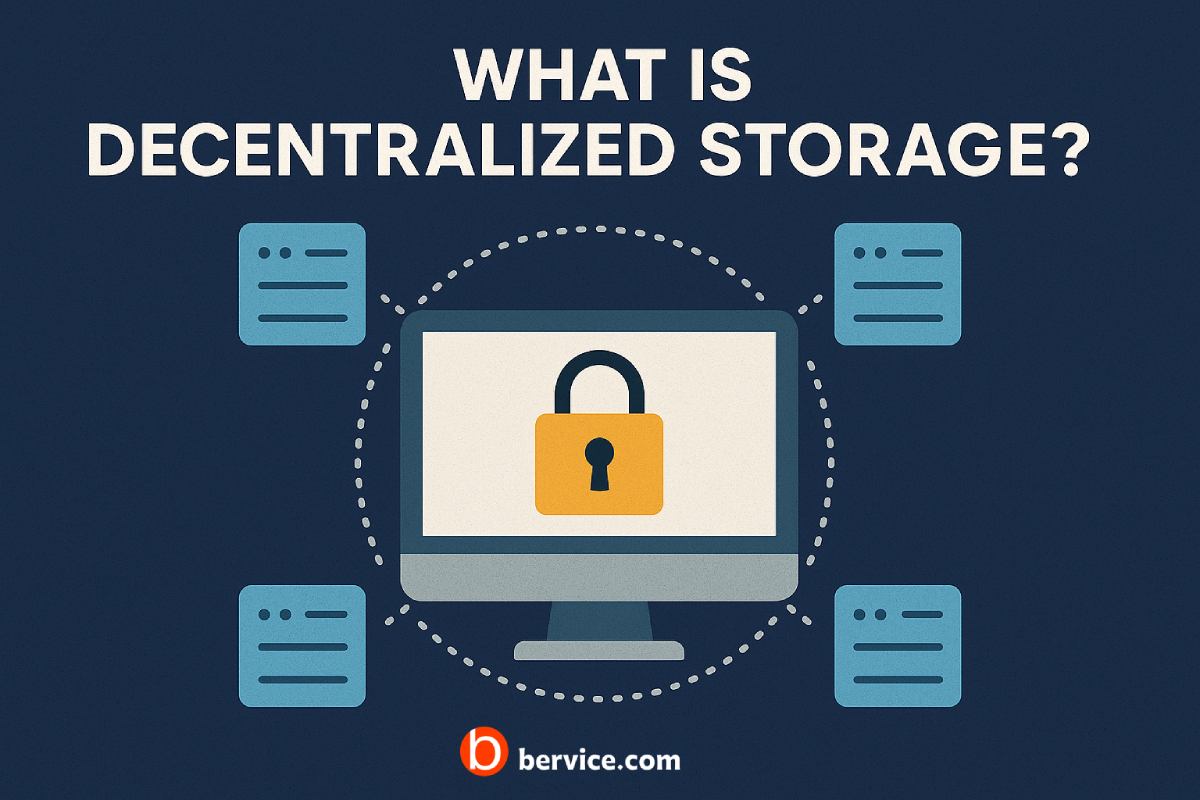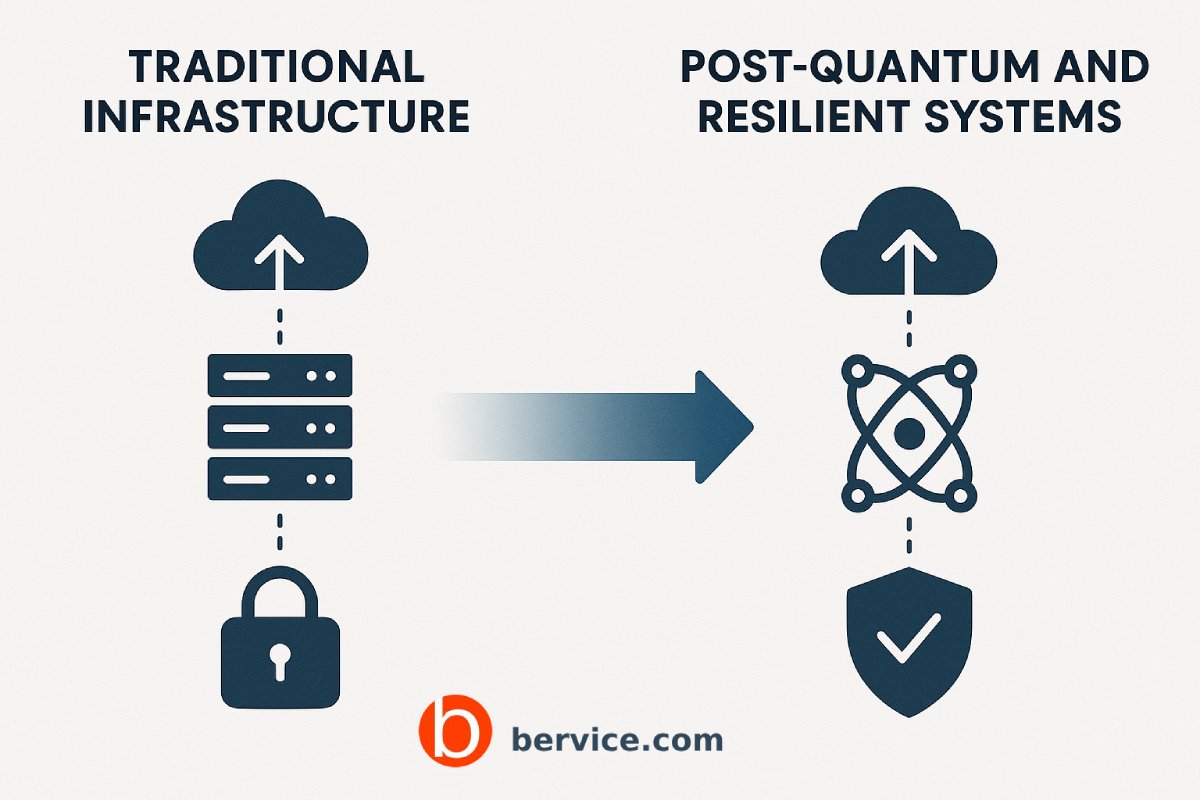
Quantum computing is not just a theoretical leap in the world of computer science—it is a revolutionary shift that could redefine the boundaries of computational power. One of the most groundbreaking developments in this field is Shor’s Algorithm, a quantum algorithm developed by mathematician Peter Shor in 1994. While it remains a beacon of quantum potential, it also poses significant risks—especially to modern cryptography.
🌐 What Is Shor’s Algorithm?
Shor’s Algorithm is a quantum algorithm for integer factorization, meaning it can efficiently break down large numbers into their prime factors—something classical computers struggle to do quickly.
In classical computing, the best-known algorithms for factoring large numbers are super-polynomial in time (e.g., the general number field sieve). In contrast, Shor’s algorithm can factor a number N in polynomial time: O((log N)^3), which is exponentially faster. This breakthrough is monumental because many modern cryptographic systems, like RSA, DSA, and Elliptic Curve Cryptography, rely on the computational difficulty of this problem to remain secure.
⚡ The Power of Shor’s Algorithm
The algorithm’s significance lies in its unprecedented speed and efficiency when run on a sufficiently powerful quantum computer. Here are the key capabilities:
- 🔐 Cryptographic Cracking: RSA-2048, a widely used standard for secure communication, would be broken in minutes if large-scale quantum computers could execute Shor’s algorithm.
- 📊 Mathematical Optimization: Solving mathematical and algebraic problems involving large prime numbers becomes trivial, potentially accelerating fields like number theory, algebraic geometry, and data encryption.
- 🧮 Polynomial Speedup: Tasks that take classical computers thousands of years could be done in hours or even minutes using quantum computers with Shor’s algorithm.
🔒 The Cryptographic Threat
The biggest concern surrounding Shor’s algorithm is its destructive impact on public-key cryptography. Here’s why:
- RSA and ECC: These are foundational to today’s internet security—used in HTTPS, VPNs, blockchain systems, digital signatures, and more. Shor’s algorithm can render these methods obsolete.
- Blockchain Vulnerability: Cryptocurrencies like Bitcoin and Ethereum could be compromised if wallet private keys are exposed via intercepted public keys.
- Post-Quantum Urgency: Governments and tech giants are now racing to adopt Post-Quantum Cryptography (PQC) algorithms to safeguard against this threat.
💡 “Quantum supremacy in factoring would mark the end of current digital security as we know it.”
🧠 How Does Shor’s Algorithm Work?
Here’s a simplified outline of its operation:
- Pick a Random Integer (a): Choose an integer a < N (the number to be factored).
- Check GCD: If gcd(a, N) ≠ 1, you’ve already found a factor.
- Quantum Period Finding: Using quantum Fourier transform, the algorithm finds the period r of the function f(x) = a^x mod N.
- Use r to Factor N: If r is even and a^(r/2) ≠ -1 mod N, then factors of N can be found as gcd(a^(r/2) ± 1, N).
This period-finding step is what gives the algorithm its quantum speedup, and it is impossible to replicate efficiently with classical computing.
🛡️ What Can Be Done? – Mitigating the Threat
With the eventual rise of quantum computers capable of executing Shor’s algorithm, security systems must evolve. Strategies include:
- 🔐 Post-Quantum Cryptography (PQC): Develop and deploy quantum-resistant cryptographic algorithms (e.g., lattice-based, code-based, and multivariate schemes).
- 💾 Hybrid Cryptosystems: Use both classical and quantum-safe algorithms together during the transition.
- 🧭 Quantum Key Distribution (QKD): Leverage quantum mechanics itself to create unbreakable encryption.
Organizations such as NIST and ETSI are actively working to standardize post-quantum algorithms for public use.
🚀 The Future of Quantum + Shor
Shor’s Algorithm is not just a threat—it also unlocks new possibilities. If used responsibly, quantum computing could:
- Revolutionize secure communications via quantum encryption.
- Enable drug discovery and material design through rapid simulation.
- Transform AI, finance, and logistics with optimization tasks.
But first, we must navigate the cryptographic risk it brings.
📌 Conclusion
Shor’s Algorithm stands as a powerful testament to the potential—and the peril—of quantum computing. Its ability to shatter existing encryption standards compels us to rethink digital security in the quantum era. As we move toward quantum advantage, the world must balance innovation with caution, preparing our digital infrastructure for what lies ahead.
Connect with us : https://linktr.ee/bervice




